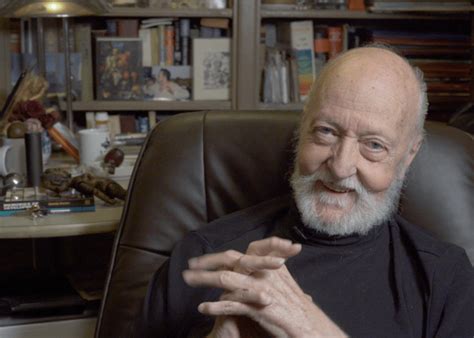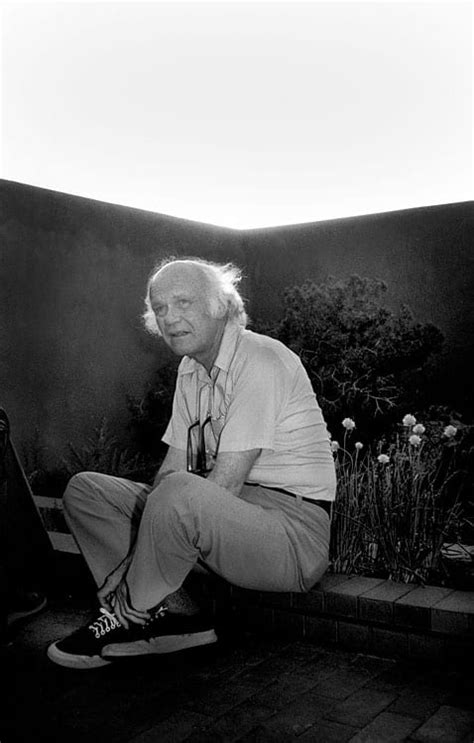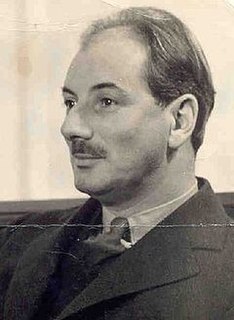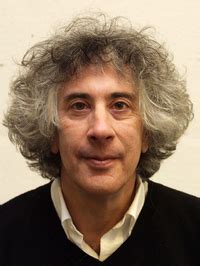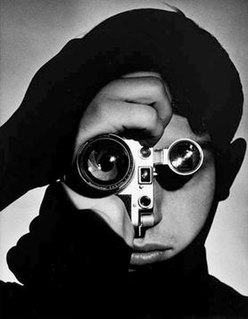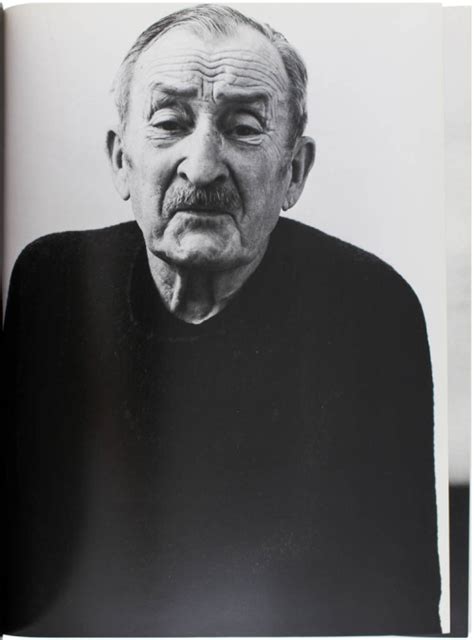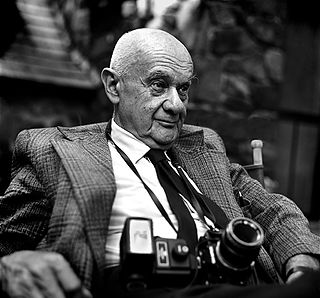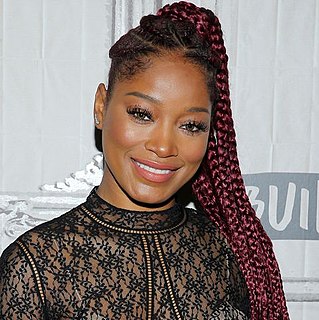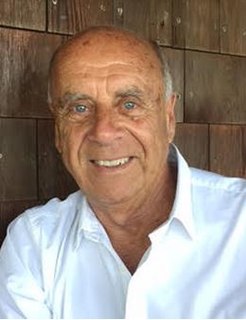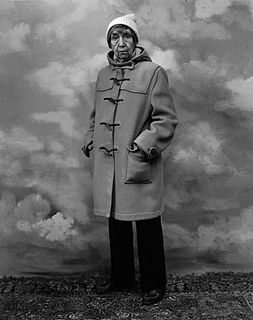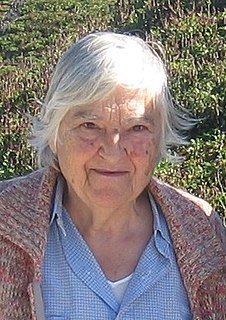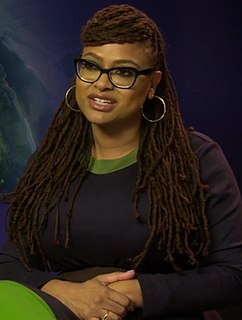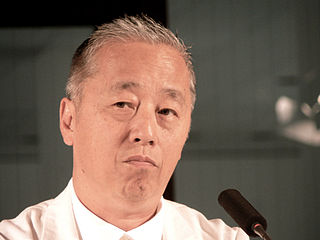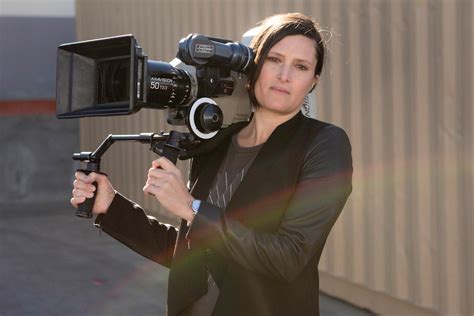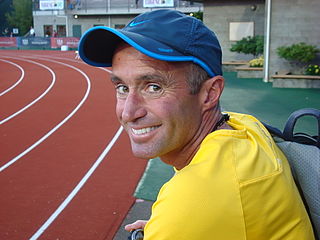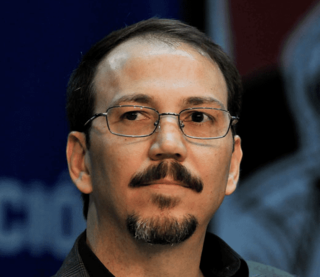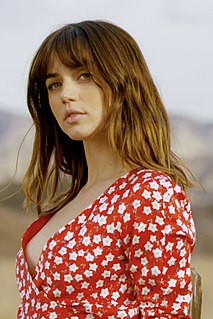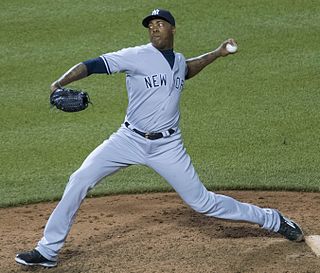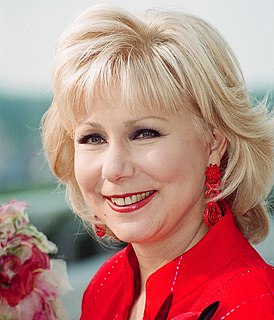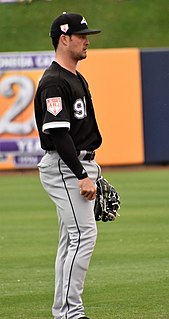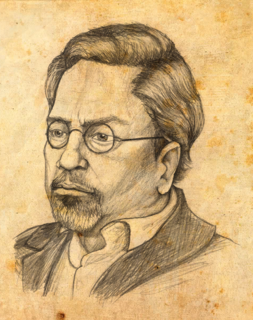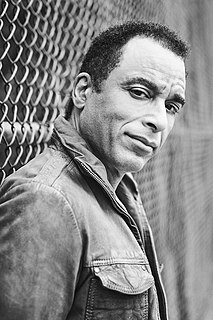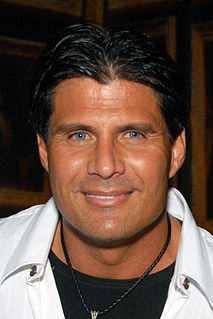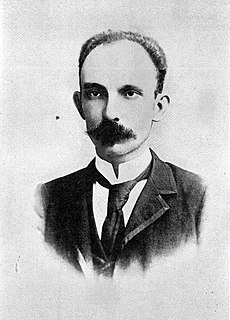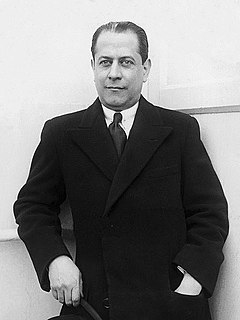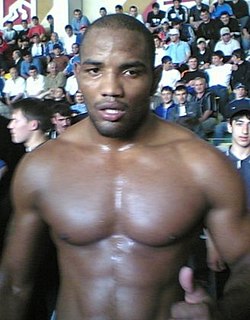A Quote by Edmundo Desnoes
Photography has fooled the world. There's no more convincing fraud. Its images are nothing but the expression of the invisible man working behind the camera. They are not reality, they form part of the language of culture.
Related Quotes
More and more are turning to photography as a medium of expression as well as communication. The leavening of aesthetic approaches continues. While it is too soon to define the characteristic of the photographic style today, one common denominator, rooted in tradition, seems in the ascendancy. The direct use of the camera for what it can do best, and that is the revelation, interpretation, and discovery of the world of man and of nature. The greatest challenge to the photographer is to express the inner significance through the outward form.
Look, I really do not care about you. What I care about is the worlds that you bear witness to. You are nothing more than a dog with a video camera strapped on its back. As you walk the streets looking for a place to mate or piss or eat, the camera is on and we will see the world because of you... You carry the camera and we enjoy the world. (On images as autobiography)
Once a photographer is convinced that the camera can lie and that, strictly speaking, the vast majority of photographs are camera lies, inasmuch as they tell only part of a story or tell it in distorted form, half the battle is won. Once he has conceded that photography is not a naturalistic medium of rendition and that striving for naturalism in a photograph is futile, he can turn his attention to using a camera to make more effective pictures.
Computer images, like camera images today, will be seen as representations of a simulated, second-degree reality with little or no connection to the unmediated world. This is one lesson we can learn from photographs, and especially from those of the last 25 years: images exist not to be believed, but to be interrogated.
We have African-Americans and black people getting behind the scenes more and more, we get true black images in television and film...because we have black people behind them. They can tell stories from those points of view and bring to life those characters who have yet to be shown. As long as we have people behind the camera just as much as in front of the camera doing the work, then we'll always be good.
Traditionally, photography has dealt with recording the world as it is found. Before photography appeared the fine artists of the time, the painters and sculptors, concerned themselves with rendering reality with as much likeness as their skill enabled. Photography, however, made artistic reality much more available, more quickly and on a much broader scale.
To chart a course, one must have a direction. In reality, the eye is no better than the philosophy behind it. The photographer creates, evolves a better, more selective, more acute eye by looking ever more sharply at what is going on in the world. Like every other means of expression, photography, if it is to be utterly honest and direct, should be related to the life of the times-the pulse of today. The photograph may be presented as finely and artistically as you will, but to merit serious consideration, must be directly connected with the world we live in.
Humans have changed the landscape so much, but images of the sea could be shared with primordial people. I just project my imagination on to the viewer, even the first human being. I think first and then imagine some scenes. Then I go out and look for them. Or I re-create these images with my camera. I love photography because photography is the most believable medium. Painting can lie, but photography never lies: that is what people used to believe.
